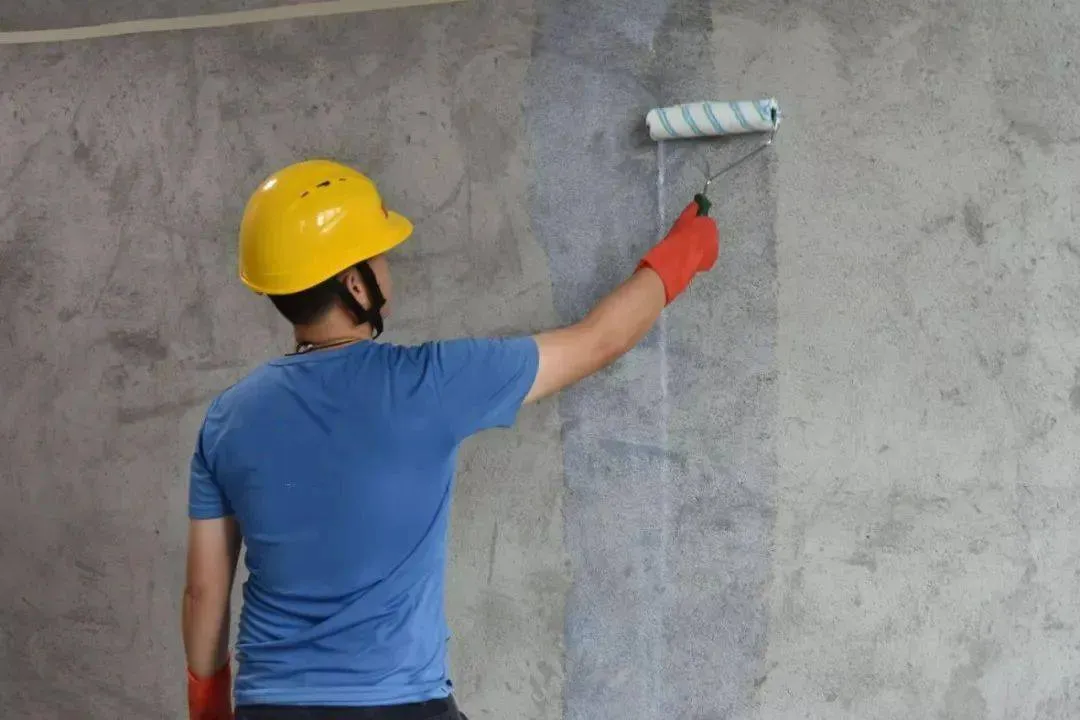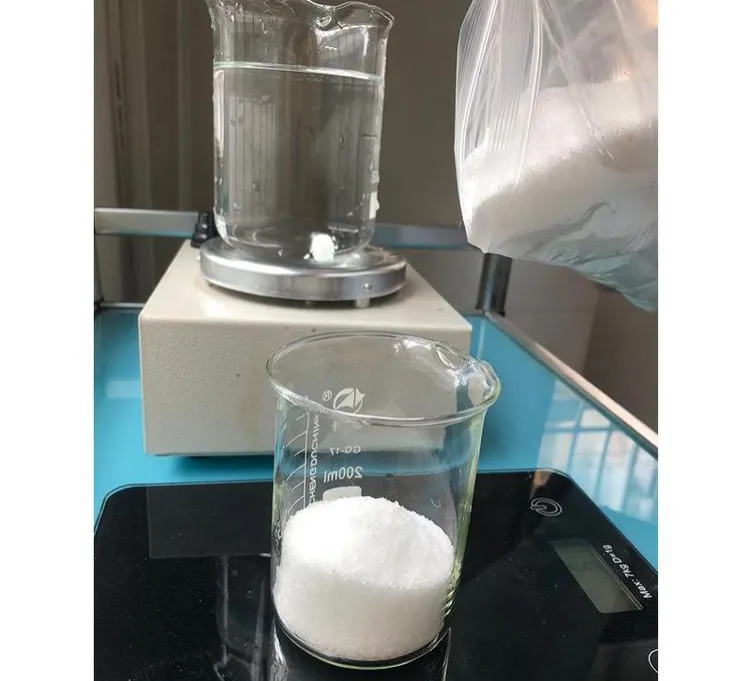
The Versatile Uses of PVA and Polypropylene Fibers in Modern Construction
Polyvinyl-based materials and polypropylene fibers have revolutionized the construction and manufacturing industries. From improving concrete durability to enhancing surface finishes, these materials offer unmatched versatility. Let’s explore their applications and benefits in detail.

PVA and Polypropylene Fibers: Enhancing Cement and Concrete Performance
One of the most significant advancements in modern construction is the use of polypropylene fibers for concrete. These fibers help minimize cracking and improve the tensile strength of cementitious mixtures. By adding PVA to cement, builders can enhance the adhesive properties, making it ideal for applications requiring high bonding strength.
When it comes to rendering, exterior PVA for rendering is highly recommended due to its ability to act as a bonding agent and sealer. Furthermore, using exterior waterproof PVA ensures that external surfaces resist moisture ingress, protecting structures from long-term water damage.
Another interesting application is PVA and cement mixtures in decorative finishes, which provide smoother surfaces and reduce dust formation. To maximize these benefits, many construction professionals rely on bulk PVA bags, ensuring they have sufficient material for large-scale projects.

Polyvinyl Alcohol and Polyvinyl Acetate: Properties and Industrial Applications
Polyvinyl alcohol powder is widely used in various industries beyond construction. Thanks to its excellent film-forming and adhesive qualities, it serves as an emulsifier and stabilizer. The polyvinyl alcohol MSDS highlights its safe handling procedures, making it a preferred choice for eco-conscious projects.
When dissolved, PVA cold water soluble grades are highly effective for packaging applications like detergent pods and agrochemical bags. This solubility characteristic also supports applications where PVA in water is required for smooth dispersion.
For the paint industry, PVA bond before painting is often applied as a primer to improve paint adhesion and reduce porosity on surfaces.
Polyvinyl acetate supplier networks have also seen a rise in demand due to the increase in polyvinyl acetate production for adhesives and coatings. Popular grades like PVA 224 and PVA 2699 are highly sought after for their superior bonding and water-resistant properties.
Future Trends: Sustainable and Efficient Material Solutions
As industries pivot toward sustainability, materials like PVA and polypropylene fibers are becoming central to green construction. Bulk purchasing options such as bulk PVA bags reduce packaging waste and streamline logistics for contractors. Manufacturers continue to innovate with formulations that deliver high performance while maintaining environmental safety standards.
In addition, advances in polyvinyl acetate production focus on lowering energy consumption and reducing volatile organic compounds (VOCs), aligning with global eco-regulations.
5 Product FAQs
What is the benefit of using polypropylene fibers for concrete?
Polypropylene fibers increase concrete’s resistance to cracking, improve tensile strength, and enhance durability, making them ideal for high-stress environments.
How does PVA bond work before painting?
PVA bond acts as a primer that seals porous surfaces and improves paint adhesion, ensuring a smooth and long-lasting finish.
Is polyvinyl alcohol powder safe to use?
Yes, but it is essential to follow the polyvinyl alcohol MSDSguidelines for proper handling, especially in industrial applications.
Why choose PVA cold water soluble bags?
These bags dissolve completely in water, making them perfect for eco-friendly packaging solutions like detergents and agricultural chemicals.
What is the difference between PVA 224 and PVA 2699?
PVA 224 is designed for applications requiring strong adhesion and flexibility, while PVA 2699 offers excellent water resistance and is often used in exterior coatings.
-
Hydroxypropyl Starch as a Sustainable Construction AdditiveNewsNov.24,2025
-
The Gelation Properties of CMCNewsNov.21,2025
-
Redispersible Latex Powder and Water Retention CapacityNewsNov.21,2025
-
Dosage Control for Polycarboxylate Water ReducerNewsNov.21,2025
-
Film-Forming Properties of Polyvinyl AlcoholNewsNov.21,2025
-
The Function of Gypsum Additives in MortarNewsNov.21,2025





















